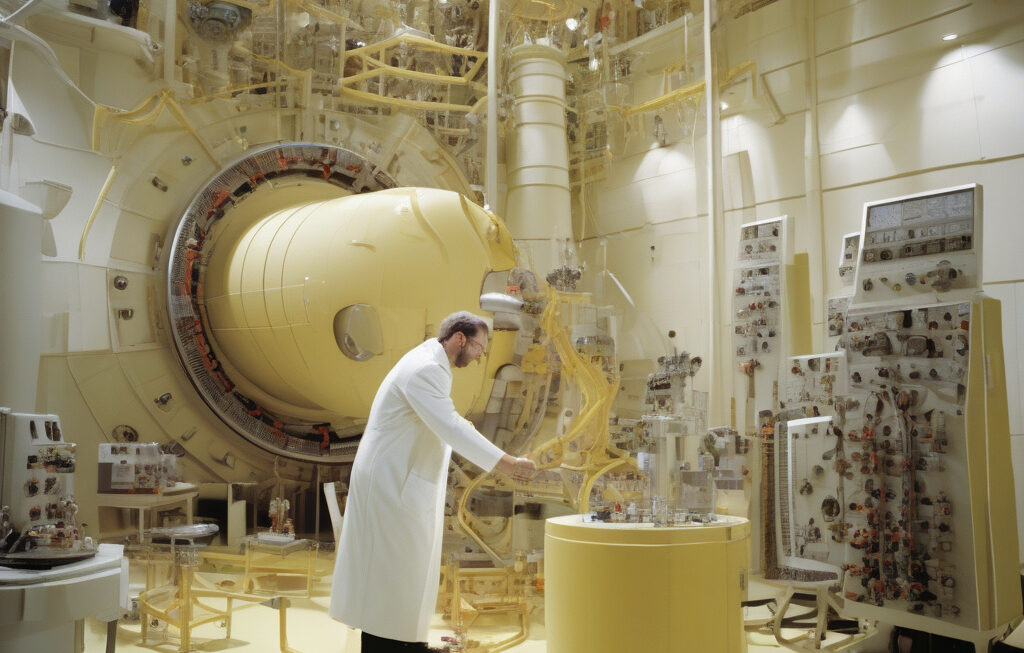“Nuclear Rats”: How a Radioactive Rodent Swarm Halted the UK’s Flagship Nuclear Project
Britain’s flagship nuclear power project has encountered an unexpected safety hazard. Hundreds of rats scuttle through the construction site, their fur contaminated with radiation from the nuclear materials being used. This unforeseen infestation has forced authorities to halt construction temporarily, raising concerns about the project’s timeline and safety protocols.
The presence of these “nuclear rats” poses a significant threat to both the workers on-site and the surrounding environment. Radioactive contamination from the rodents can spread through their droppings, urine, and fur, potentially causing long-term health risks to anyone exposed. In addition, the structural integrity of the project may be compromised if the rodents gnaw on essential cables or components.
This incident underscores the importance of robust pest control measures in high-risk environments such as nuclear power plants. While construction sites are often susceptible to rodent infestations due to the presence of food sources and shelter, the stakes are much higher when radioactive materials are involved. The potential consequences of a breach in safety protocol can be catastrophic, both in terms of human health and environmental impact.
To address the current situation, authorities have implemented a comprehensive pest control plan that includes trapping, poisoning, and sealing off potential entry points for the rodents. Additionally, ongoing monitoring and surveillance efforts are being conducted to ensure that the infestation is contained and that no further contamination occurs.
Despite the temporary setback caused by the “nuclear rats,” experts remain optimistic about the eventual completion of the nuclear power project. Lessons learned from this incident will undoubtedly lead to stricter safety measures and more rigorous pest control protocols in the future. By proactively addressing risks and vulnerabilities, such as rodent infestations, project managers can mitigate potential threats and ensure the successful implementation of complex infrastructure projects.
In conclusion, the presence of radioactive rodents at the UK’s flagship nuclear power project serves as a stark reminder of the importance of vigilance and preparedness in high-risk environments. By prioritizing safety, implementing robust pest control measures, and learning from unexpected challenges, stakeholders can navigate unforeseen obstacles and ultimately achieve their goals in a safe and sustainable manner.
safety, nuclear project, radioactive rodents, pest control, construction site












